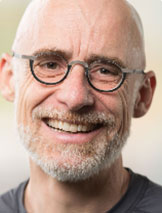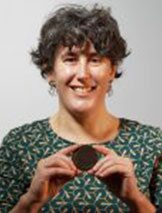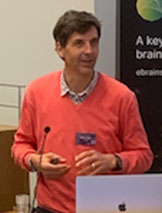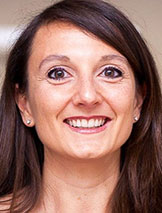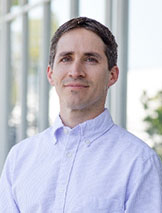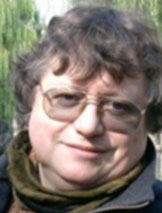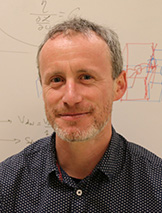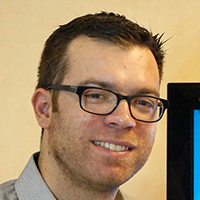
International conference on neuromorphic, natural and physical computing
We are happy to announce the “Neuromorphic, Natural and Physical Computing: Interdisciplinary Foundations (NNPC 2023)”, organized with generous support by the Volkswagen Foundation. The conference will take place the 25th – 27th of October 2023 in Hanover, Germany, and the deadline for submitting a 2-page abstract is March 31st March 15th.
The general aim of NNPC 2023 is to boost interdisciplinary transfer of ideas and networking in the wider fields of non-digital computing. NNPC 2023 is a successor to the 2018 conference “Cognitive Computing: Merging Concepts with Hardware” (https://nnpc-conference.com/2018)whose very productive and motivating format will be kept, as well as the location and the generous funding conditions.
Each session is devoted to a specific theme. We encourage active engagement of attendants by requiring submission of a 2-page abstract on a subject relating to one of the session themes. These abstracts are peer-reviewed. From the accepted abstracts three are chosen for oral presentations and the remaining ones for posters. Importantly, novelty is not essential as our aim is to make knowledge to diffuse across boundaries of the scientific domains involved.
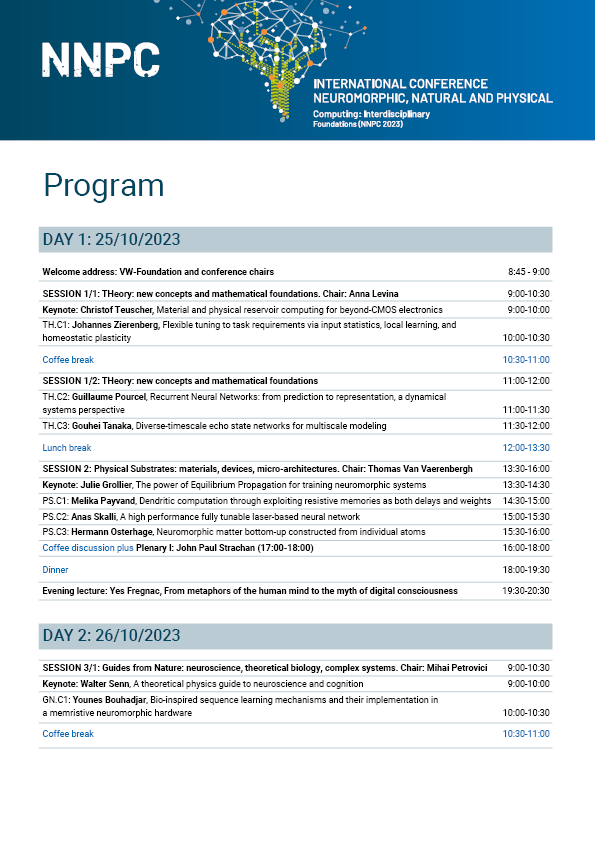
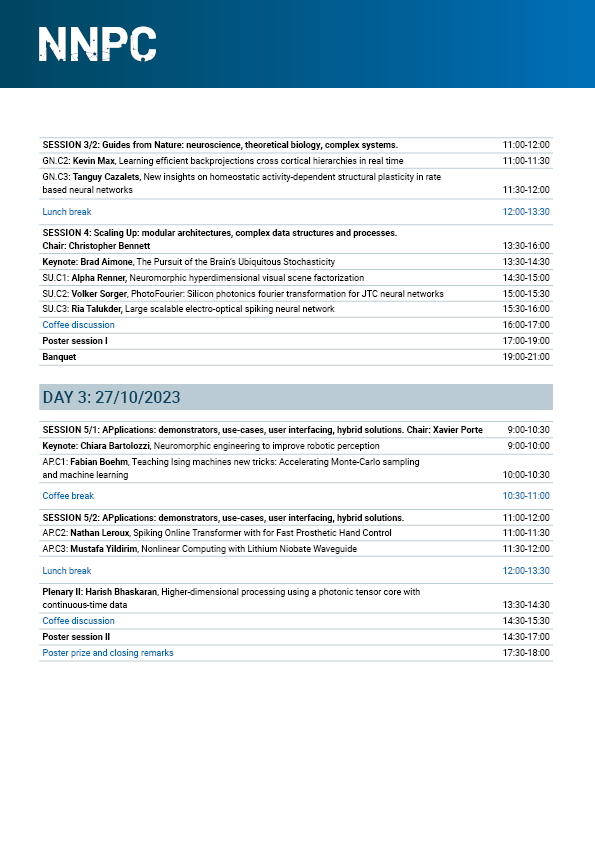
Overview of aims and structure
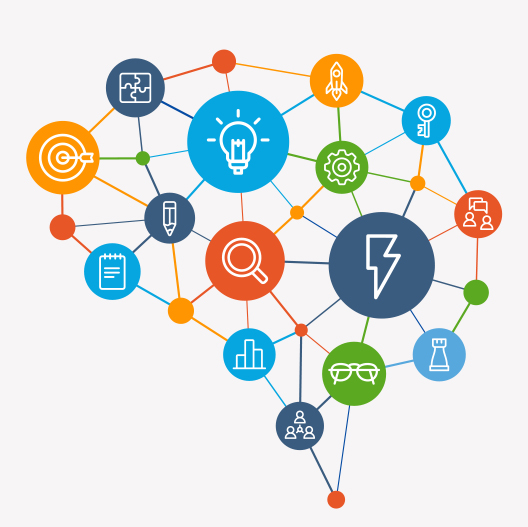
Four years ago, the pioneering conference Cognitive Computing: Merging Concepts with Hardware assembled a wide-spanning multidisciplinary audience to share and merge insights about non-standard concepts and technologies of computing. At least four traditions were brought together:
- Neuromorphic computing: “learn from the brain”
- Natural computing: “look at nature’s complex systems”
- Physical computing: “use physical effects directly”
- Non-standard theoretical computer science: “think outside the Turing machine”
Work in these fields has enormously picked up speed in the interim, but it is still a plurality of traditions carried by a multitude of communities. We still lack unified concepts, shared terminology, transferable methods and common goals. After four years, it is a good time to take stock of progress that has been made, and to re-invigorate the effort of connecting our dispersed findings into a joint vision. We do not yet know how we will ultimately name our emerging field of generalized “computing” science. For the time being we will refer to it by calling out its main traditional anchors: Neuromorphic, Natural and Physical Computing (NNPC). In five sessions with much breakout times for personal exchange, we will explore:
- Theory: new concepts and mathematical foundations,
- Physical substrates: materials, devices, micro-architectures,
- Guides from nature: neuroscience, theoretical biology, complex systems,
- Scaling up: modular architectures, complex data structures and processes,
- Applications: demonstrators, use-cases, user interfacing, hybrid solutions.
Each session will be commenced by a 1-hour invited keynotes and feature three 30-minute oral presentations selected from the submitted abstracts. In addition, we will invite three 1-hour plenary lectures that cross the session themes. This leaves much time for breaks and extensive poster sessions, a condition that will be creating a productive atmosphere for personal networking.
Conference Chairs
Susan Stepney
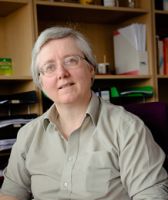
Financial chair
Herbert Jaeger
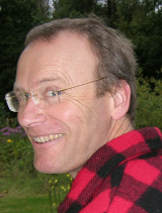
Sessions
Session 1. Theory: new concepts and mathematical foundations.
The physical substrates of NNPC will host dynamical phenomena that defy the principles of digital computing. Instead of relying on reproducible, stable binary switching, NNPC exploits dynamical processes that are stochastic, non-stationary, continuous-valued, un-clocked and spatially distributed. In order to enable a systematic, insightful design of NNPC systems, new conceptual frameworks and mathematical formalisms are needed. Suggestive topics:
- Representing symbols, discrete data structures and operations in nonlinear dynamics
- Non-Shannon definitions and measures of information
- Emergent phenomena in collective dynamics
- Nanoscale or collective phenomena which can serve as computational primitives
- Entrainment of NNPC system dynamics to input streams
- Temporally and spatially multiscale modeling of complex dynamics
- Stabilization and self-calibration mechanisms
- Life-long change: aging, continual learning, adaptation to changing tasks and environments
- Adaptations of classical (deep) neural network architectures and algorithms to NNPC hardware
- Integrative formal languages which unify selected aspects across, for example, stochastic processes, information theory, nonlinear dynamics, topology and graph theory, algebra or signals, systems and control
- New kinds of formal logics to capture semantics of NNPC processes
- Analyses of ultimate energy minimization or information density
- Fundamental models of NNPC systems, analog to the Turing machine model for digital computing
Session 2. Physical substrates: materials, devices, micro-architectures.
Biological brains are so efficient because evolution has found ways to exploit a host of physiological and physical effects which neuronal tissue can offer. Extending this idea of “exploiting the physics” beyond brains, the strategy of what has been called “physical computing” or “in-materio computing” is to find ways to exploit for NNPC whatever physics can offer, opening up for effects that are inaccessible to neurophysiological substrates (and accessible to engineering and fabrication). Suggestive topics:
- Physical phenomena supporting computing provided by nano- or microscale devices, across physical domains (electronic, photonic, spintronic, mechanic, chemical, etc.)
- Exploiting quantum effects in other ways than in classical quantum computing (e.g. quantum reservoirs)
- Spatial structuring in thin films or 3D substrates, boundary formation
- Nano- or microscale phase transitions and percolation
- Small-scale physical structures with heterogeneous or self-organizing phase-change materials
- Non-wire-bound information transfer in physical media through diffusion, fields, soliton or wave propagation, or mechanical transmission
- Novel devices with non-digital, modulatable input-output transfer functions
- Phenomena and devices with slow-fast dynamics where the slow dynamics can be used for learning or adaptation
- Analyses and characterization of computationally potentially relevant properties of materials and devices
- Development of “practically useful” materials and devices: long endurance, operation at room temperature, fabricability
- Functional ensembles of novel devices in the spirit of neural microcircuits or elementary integrated circuits
- Progress in currently investigated neuromorphic architectures (memristor crossbars, spike routing, analog neuron and synapse circuits)
Session 3. Guides from nature: neuroscience, theoretical biology, complex systems.
Biological brains are currently cited as the living proof that highly energy-efficient and “cognitive” computing beyond the limits of the digital paradigm are possible. This has led to the current dominance of the term “neuromorphic” when one wants to point to alternative computing technologies. However, there is also a long tradition of other non-digital computing proposals, which have been referred to by names like natural / physical / unconventional computing, and which have been pursued in various niches of CS, AI, Alife, theoretical physics and biology, and elsewhere. Our conference gives a forum for all alternative computing paradigms, neuromorphic and other sorts of “unconventional”. Suggested topics:
- Learning from the brain: neuro-computational principles, circuits, architectures, and control flows: the neural engineering framework, neural field theory, neural sampling and others
- Current developments in DNA computing, swarm intelligence, fungus computing, pattern theory, stochastic and hyperdimensional computing, membrane computing, immune systems, reservoir computing and others
- Neuro-plausible learning and optimization concepts, potentially leveraging self-organization and enabling features like continuous learning, learning without forgetting
- How do humans / animals build their world models?
- Strategies from nature for system robustness (theoretical biology, neuroscience, ecology)
- Pre-rational intelligence in animals from amoeba to insects to pigeons, zebra finches and rats (and the pre-rational information processing in humans, too)
- Computational interpretations of self-organization in complex natural systems
- Analyses and characterization of computationally potentially relevant properties of materials and devices
- ALife views on computing systems
Session 4. Scaling up: modular architectures, complex data structures and processes.
A key factor that empowered digital computing to become a world-changing technology is its scalability. Starting from concatenating bits into bitstrings and Boolean gates into Boolean circuits, arbitrarily compounded hierarchical data structures and program flows can be designed according to well-understood compositional principles. General principles of compositionality for non-symbolic information representations and arbitrarily extensible processing hierarchies for NNPC await their discovery. On the hardware side, only a few proposals for extensible multi-module neuromorphic architectures have been proposed (SpiNNaker immediately comes to mind) which present technical solutions for neural signal routing but are still limited with regards to functional and architectural diversity of the joinable modules. From a use case view, compositional principles for NNPC task specifications are likewise still restricted to specific, limited computational paradigms (as in the neural engineering framework or Act-R). Progress in general principles for scaling systems to arbitrary complexity is a key condition for the long-term sustainability of NNPC. Suggested topics:
- Concepts for compositional non-symbolic “data” and information representation
- Concepts for compositional procedure hierarchies
- Synchronization mechanisms in unclocked parallel computing systems
- Cognitive architectures, hierarchical control principles, autonomous agent models
- Configuration principles for multi-module neural network architectures
- Bidirectional top-down and bottom-up processing in deep neural (and other) architectures
- Unclocked FPGA demonstrations
- Routing and addressing mechanisms – formal and in hardware
- Fundamental questions of hardware topology and physical integration to enable scalability of resources (energy, space, heat deposition, etc.)
- High-capacity, richly structured long-term memory
- Lifelong learning in NNPC systems
- Growing hardware systems
- Multi-modal sensor signal processing in non-digital neuromorphic systems
- Progress in large-scale neuromorphic systems
- Distributed energy supply in NNPC systems
- Distributed input and output channeling to/from NNPC systems
- NNPC-suited communication formats and networking solutions
- Deep spiking neural networks and multi-module recurrent neural networks suitable for analog hardware realizations
- Options and limits of commercial fabricability
- Hybrid digital-NNPC systems aiming for scalable complexity
Session 5. Applications: demonstrators, use-cases, user interfacing, hybrid solutions.
Commercially or societally relevant scenarios for NNPC applications are still confined to niches. This is certainly due, on the one hand, to the early stage of NNPC research which is still mostly foundational and academic. But on the other hand, in our search for broad application scenarios we might be partly blinded by the urge to replace digital solutions in order to outwit the “End of Moore’s Law” and save energy. While this original motivation will remain strong and continue to call for NNPC solutions, other NNPC systems may turn out to be so different from digital systems that they cannot simply be plugged in where the latter are to be phased out. To the extent that NNPC systems become more brain-like (self-organizing, aging, with individual learning histories) they also become less computer-like. They may not be programmable in the accustomed way but need to be trained; they may not be identically reproducible but individual; they may not be re-bootable from some starting state but always-on (and might “die” if cut from energy supply). On the plus side, besides their energy efficiency they may boast an admirable robustness against variable or noisy input and physical damage; realize enormous data throughput rates; be bio-implantable; find creative un-premediated solutions for their tasks, and last but not least they may be un-hackable due to their individuality. All of this requires a thorough re-thinking of what an information-processing system is, what it can be used for, or what it can be doing all on its own. This is an interdisciplinary agenda which involves not only engineers but also psychologists, sociologists, economists and philosophers. Suggested topics:
- Progress in currently discussed application scenarios: optical computing for communication systems, implantable neurochips and neuroprosthetics, ultra-low power or even energy harvesting edge computing, sensing and control for compliant or soft robots, analog/spiking adaptations of deep learning techniques, ubiquitous sensing, and more.
- Methods to “make NNPC systems do what we want”: generalized concepts of “programming”, physical and functional configuration methods, training and scaffolding schemes, evolutionary optimization
- Engineering pipelines: how would they differ from the digital system development routines?
- How to “use” intelligent autonomous agents (avatars, game characters, robots)
- Explainable NNPC: from formal analyses of trained distributed systems to accountability ethics of autonomous, individual artificial agents
- Philosophy of engineering: a concept shift from reproducible, controllable tools to individual agents and personal companions
- Interdisciplinary education: academic study programs, web services, funding initiatives
Abstract submission
To ensure maximum participation, all attendees are required to submit a 2-page abstract on a subject relating to one of the session themes. These abstracts are peer-reviewed. All accepted submissions will be granted an oral or poster presentation slot, and hosted publicly on the conference website upon agreement by the authors. Importantly, novelty is not essential as our aim is to make knowledge to diffuse across boundaries of the scientific domains involved.
- Submission deadline:
March 15thMarch 31st 2023. Notify authors of acceptance: April 30th 2023.- Notify authors of acceptance and type of contribution: May 14th 2023.
For creating your abstract, please use the here provided word or latex template. Submissions in a different format or which do not respect the 2-page limit will not be considered for evaluation.
Contributions
Plenary I
John Paul Strachan
Building more efficient computing systems leveraging memristive devices
Download
Poster prizes
Jeremie Laydevant
Jabcobus Lamers
Johanna Senk
Conference venue.
The venue, the Castle of Herrenhausen, a heritage of the Kings of Hannover – who for a long historical period were at the same time Kings of England – was transformed into an award-winning center for scientific events and is today administered and maintained through the Volkswagen Foundation. The Herrenhausen Gardens stretch across hectares of classical French gardening.
Useful information and links
Some ideas for accommodation:
- For a 100-150€ budget: IntercityHotel Rosenstraße (4 Sterne)
link
alternativ (günstiger): Grand Palace Hotel (4 Sterne)
- For a > 150€ budget: Kastens Hotel Luisenhof (5 Sterne)
link
About the conference venue:
Here a link to the official website
Here the location:
Walking from the city center takes around 40 minutes, but it is a quite nice walk. Or use subway U4 or U5 from station Steintor in the city center, exit Schaumburgstraße.
About coffee breaks, lunch and dinner: all food will be provided during the conference on site and will exclusively be vegetarian. There is literally no excuse to leave the place and your colleagues until the conference is over.
